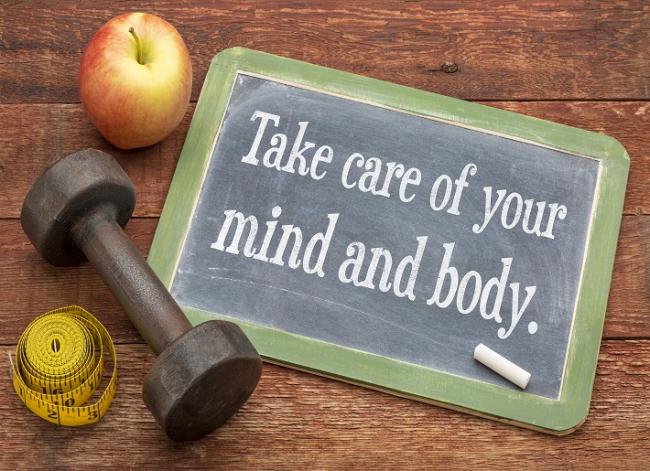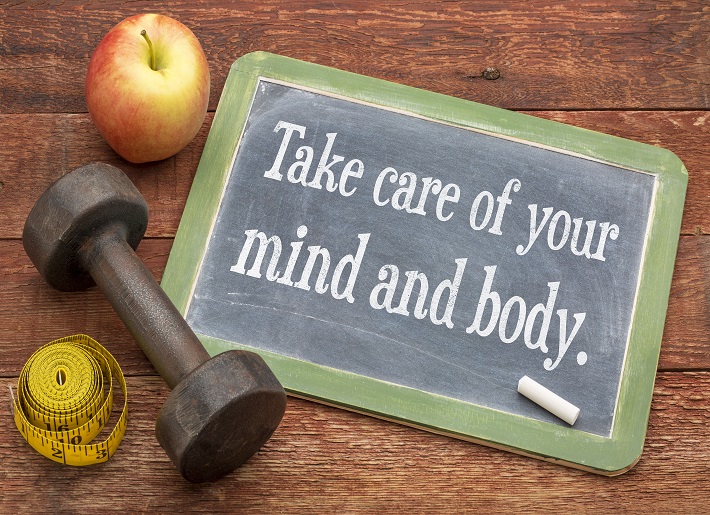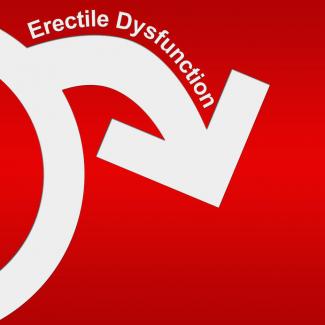Related Articles
- 02 Oct 14
 Mindfulness is the practice that cultivates paying attention on purpose, in the present moment, nonjudgmentally to our experience. It is not a belief or philosophy, but an awareness of the nature of the mind and our emotions. Mindfulness is often confused with meditation, and while the practices are interconnected, they have different origins.
Mindfulness is the practice that cultivates paying attention on purpose, in the present moment, nonjudgmentally to our experience. It is not a belief or philosophy, but an awareness of the nature of the mind and our emotions. Mindfulness is often confused with meditation, and while the practices are interconnected, they have different origins. - 16 Feb 17
- 15 Sep 17
- 10 Mar 17
- 17 Jan 17
- 01 Oct 22
Attention deficit hyperactive disorder (ADHD) is a neuropsychiatric disorder characterized by inattention, impulsiveness, and hyperactivity. The condition is commonly treated with stimulant therapy (methylphenidates or amphetamines in various forms). Stimulants tend to increase dopamine activity in the brain, and it is speculated that this may help with ADHD symptoms.
- 02 Sep 16
- 13 Apr 17
- 06 Dec 18
In this part of the world, it is common knowledge that smoking cigarettes is detrimental to health and that the effects of second-hand smoke are just as dangerous to family and friends.Government legislation has forced many people to quit smoking by making it more challenging to continue the addiction, enforcing a 20-feet (6 m) or 30 feet (9 m) boundary around most public buildings, and making it illegal to smoke within any public building.
- 15 Aug 17
- 16 Jan 16
 One in four adults in Canada, which is equivalent to 6.3 million people were diagnosed with obesity by the end of 2012. This is a 17.5% increase from 2003. With obesity comes fatigue, malnutrition, type II diabetes, cardiovascular disease and can lead to the diagnosis of other serious chronic illnesses.
One in four adults in Canada, which is equivalent to 6.3 million people were diagnosed with obesity by the end of 2012. This is a 17.5% increase from 2003. With obesity comes fatigue, malnutrition, type II diabetes, cardiovascular disease and can lead to the diagnosis of other serious chronic illnesses. - 05 Aug 14
 Thomas Jefferson once said, “Our greatest happiness does not depend on the condition of life in which chance has placed us, but is always the result of a good conscience, good health, occupation, and freedom in all just pursuits”. More recently, the Dalai Lama has described happiness as “the highest form of health”, and Leigh Hunt has stated, “The ground work for all happiness is health”.
Thomas Jefferson once said, “Our greatest happiness does not depend on the condition of life in which chance has placed us, but is always the result of a good conscience, good health, occupation, and freedom in all just pursuits”. More recently, the Dalai Lama has described happiness as “the highest form of health”, and Leigh Hunt has stated, “The ground work for all happiness is health”. - 01 May 21
Seeing others in distress can make us feel sad; however, telling someone to be happy when they are not does not seem to work very well. In fact, trying to be happy is often a recipe for unhappiness! Psychology researchers have even put it to the test: People who were instructed to feel as happy as they can when listening to pleasant music felt lower mood than those who were exposed to the same pleasant music with no instruction.
- 18 Apr 18
What are the actual benefits of mindfulness? And what do you need to do to realize the benefits?
- 05 Jan 22
The stresses of the last two years have created an epidemic of anxiety. In 2021, the rates of anxiety disorders across the population in the US were estimated at 19.1% in the past year and 31.1% in lifetime prevalence, which refers to the number of individuals ever having had the disease during their lifetime.
- 30 Apr 19
We’ve heard it all before: Stress is a normal part of life. Some stress is good for us because it helps us get motivated, be happy, and accomplish our goals.
- 30 Apr 19
“Stress is a killer.” At some point, we have all heard this very common phrase. It is well-known that stressful things drain vitality from human beings.
- 18 Mar 19
When we are ill, it is expected that we may feel sad or depressed because of our physical condition.
- 06 Dec 18
In a world where ideas about healthy eating and “fit” bodies are inundating the public constantly, it feels like it has become important to distinguish between a true, diagnosable eating disorder and a normal, societal consumption with thoughts of food and body—because they are not the same. What would be considered “normal” within a culture that has become incredibly abnormal around food/body is a topic for another day!
- 14 Feb 18
The easiest practice for a healthcare practitioner is to simply prescribe a treatment to their patient, sit back, and hope it resolves their health issue. Studies in behaviour therapy, however, suggest that we can really stand to make a long-lasting difference if we first take the time to delve a little deeper into understanding the patient’s everyday life.
Whether it’s a recommendation for a new supplement regimen, a lifestyle or a dietary change, there is more involved in creating lasting behaviour modification than simply ...
Newsletter
Most Popular
- 17 Jun 13
- 17 Jun 13
- 17 Jun 13
- 01 Jul 13
- 17 Jun 13
- 17 Jun 13
- 17 Jun 13
- 01 Jul 13
- 17 Jun 13
- 17 Jun 13
- 17 Jun 13
- 01 Jul 13










































